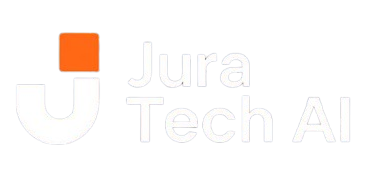Cloud-Native vs. Legacy Systems: The Future of Infrastructure
The Evolution of IT Infrastructure
Legacy systems may have served businesses well in the past, but cloud-native architectures are now leading the way in agility, scalability, and cost-efficiency. For organizations striving to remain competitive, the shift to cloud-native is not just beneficial—it’s essential.
Key Differences Between Cloud-Native and Legacy Systems
- Scalability:
- Legacy: Limited by physical infrastructure.
- Cloud-Native: Scales dynamically based on workload demands.
- Example: A retail client using cloud-native systems scaled operations during peak holiday seasons without downtime.
- Cost-Effectiveness:
- Legacy: High maintenance costs due to aging hardware.
- Cloud-Native: Pay-as-you-go models reduce overhead and upfront investments.
- Flexibility and Innovation:
- Legacy: Difficult to integrate with modern tools.
- Cloud-Native: Designed to work seamlessly with APIs, microservices, and DevOps pipelines.
Challenges in Transitioning to Cloud-Native
- Migrating critical workloads without disrupting operations.
- Addressing data security and compliance concerns.
Solutions: A phased approach ensures minimal risk, leveraging hybrid cloud environments for sensitive data.
Conclusion
The future of IT infrastructure is cloud-native. Businesses adopting this technology are not only streamlining operations but also unlocking opportunities for innovation and growth.

